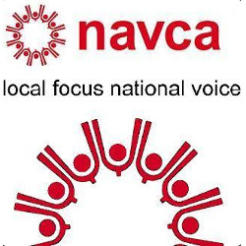The relationships between local infrastructure bodies and local health bodies is improving "more significantly" than those with local authorites, according to Navca’s annual chief officers’ survey.
Some 55 per cent said the relationship with health bodies had improved and just 9 per cent said it had deteriorated.
More than half the respondents said that their relationship with the local authority had stayed the same and 26 per cent saying it had got better and 19 per cent saying it had worsened.
Almost 100 chief officers of local infrastructure bodies responded to this year’s survey, which is roughly 40 per cent of Navca’s overall membership.
Two-thirds of local infrastructure bodies said that their main source of funding is the local authority, according to Navca’s annual chief officers’ survey.
Other sources of funding were Clinical Commissioning Groups, charging for services, charitable trusts and the Big Lottery Fund.
The vast majority, 70 per cent, said demand for their services had increased, with just 3 per cent saying it had decreased.
What local infrastructure bodies are doing
Navca said the findings show that local infractructure bodies are leading the way in developing new ways to support voluntary action.
Just over 40 per cent of respondents said that their organisation was already involved with local business giving and 30 per cent said they had plans in development.
Half the respondents said they were involved with social prescribing, 43 per cent are involved with asset transfer, and 22 per cent are involved with social finance.
Neil Cleeveley, chief executive of Navca, said: “Local infrastructure is adapting to provide new ways to support charities and communities, such as social investment, asset transfer and social prescribing. When we published Change for Good, the report from the Independent Commission on the Future of Local Infrastructure, we were already aware of the many ways infrastructure was changing and this provides further evidence.
“I am pleased to see so many members involved in social prescribing – tackling health issues with community or social solutions. We know it improves people’s health and saves money. It is typical of Navca members to be taken the lead in innovating local services. I am sure this is why local authorities and health bodies listen to them. It should make LEPs question why they are not.”









